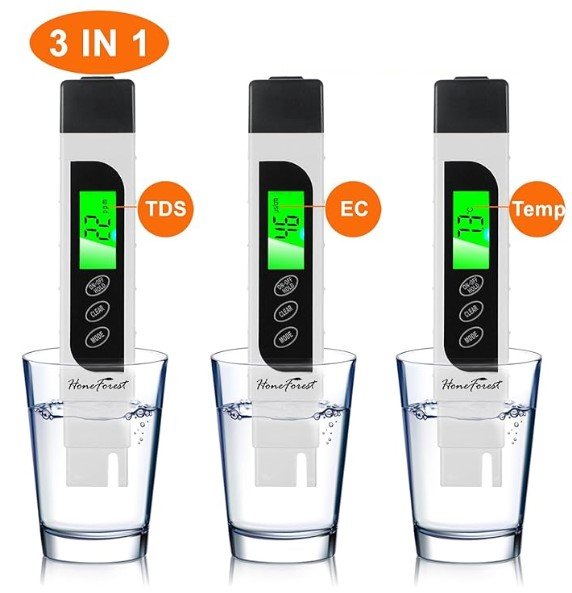Clean drinking water is fundamental to our health and well-being. Yet, despite its importance, many people overlook one critical aspect of water quality: Total Dissolved Solids (TDS). Measuring TDS in drinking water is essential for understanding its purity and ensuring that it meets health and safety standards. In this blog, we’ll delve into why TDS measurement matters and how it can impact your health and daily life.
What is TDS?
Total Dissolved Solids (TDS) refers to the combined content of all inorganic and organic substances present in a liquid, such as water. These solids are dissolved in water and include salts, minerals, metals, cations, and anions. TDS is typically measured in parts per million (ppm) or milligrams per liter (mg/L). Common components of TDS include:
- Salts: Sodium chloride, potassium chloride
- Minerals: Calcium, magnesium, potassium
- Metals: Lead, iron, copper
- Organic Matter: Decayed plant and animal material
Why is Measuring TDS Important?
1. Water Quality Assessment
TDS levels are a useful indicator of water quality. Low TDS levels usually mean that the water is relatively pure, while high TDS levels can signal contamination or the presence of high concentrations of dissolved substances. Although TDS does not directly indicate the presence of harmful pathogens, it can point to potential issues in water quality.
2. Taste and Aesthetics
The taste of water can be influenced by its TDS levels. Water with very high TDS might taste salty, bitter, or metallic, which can be unpalatable. Conversely, very low TDS might result in water that tastes flat or bland. Monitoring TDS helps in maintaining a balance that ensures the water is both safe and pleasant to drink.
3. Health Implications
While TDS itself does not provide a direct measure of water safety, certain dissolved substances that contribute to TDS can have health implications. For instance:
- High Levels of Sodium: Excessive sodium can be a concern for individuals with high blood pressure or cardiovascular issues.
- Heavy Metals: Contaminants like lead or copper, which contribute to TDS, can pose serious health risks if consumed over time.
- Mineral Imbalance: An imbalance of minerals like calcium and magnesium can affect health, potentially leading to issues such as kidney stones or joint pain.
4. Impact on Water Treatment Systems
Water treatment systems, such as reverse osmosis (RO) units or water softeners, are designed to address high TDS levels. Regular measurement of TDS helps in assessing the effectiveness of these systems and determining when maintenance or replacement is needed. High TDS levels can also lead to scaling in plumbing fixtures and appliances, reducing their efficiency and lifespan.
5. Regulatory Standards
Different regions have varying standards for acceptable TDS levels in drinking water. While the U.S. Environmental Protection Agency (EPA) does not set a maximum limit for TDS, it provides guidelines and recommendations. Local regulations or guidelines might specify acceptable TDS ranges for safe drinking water. Regular TDS measurement ensures compliance with these standards and helps maintain public health.











